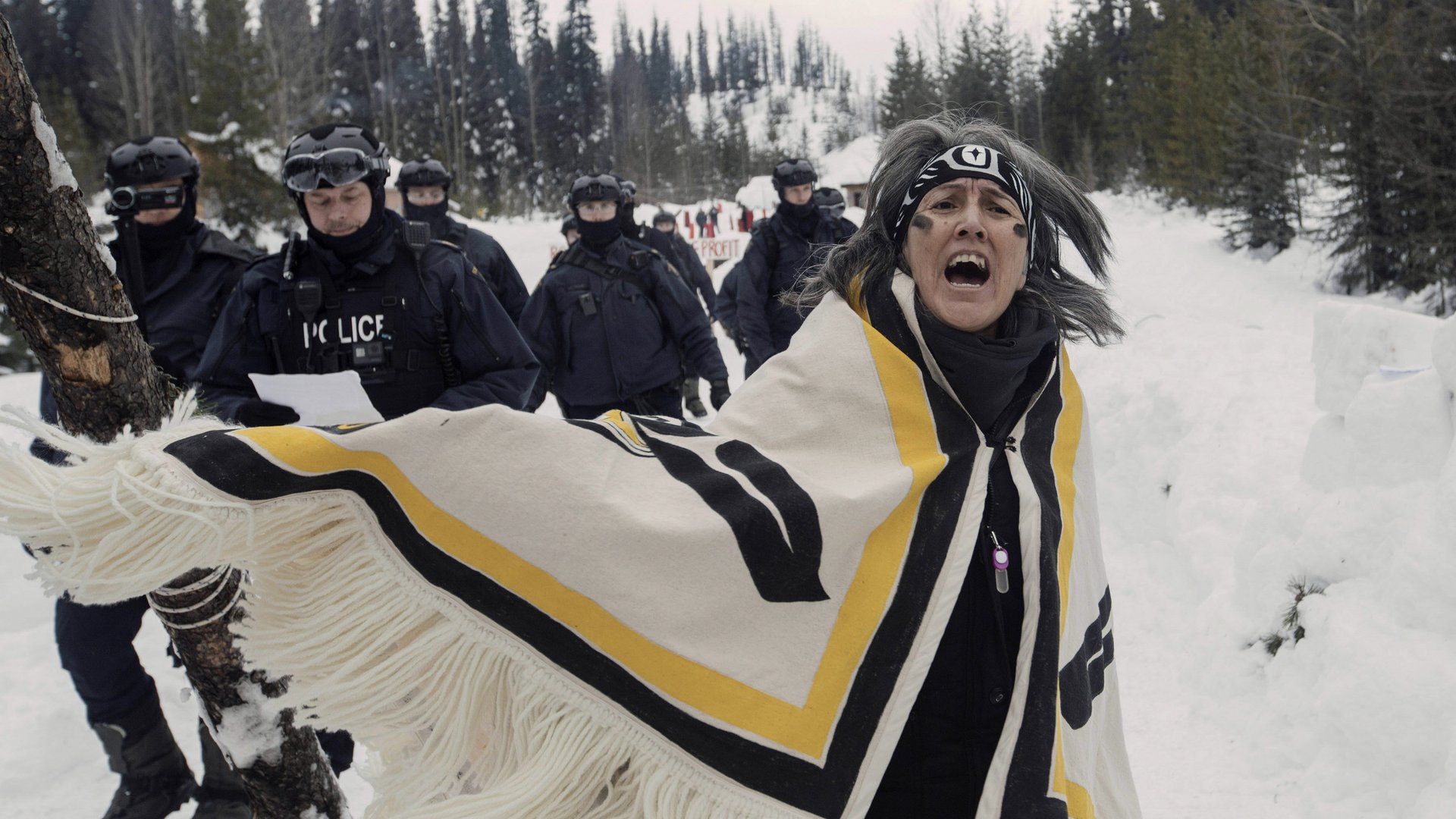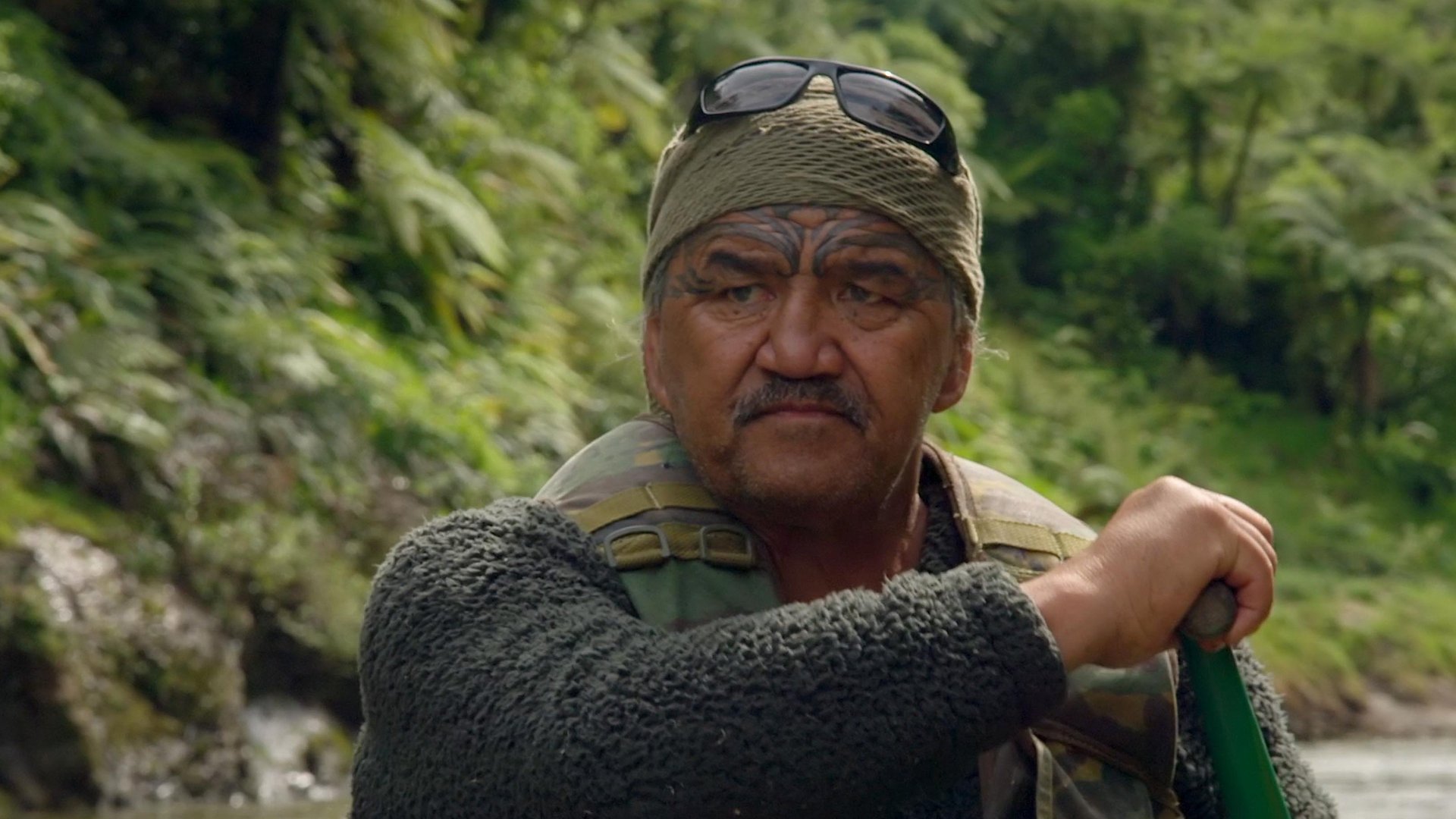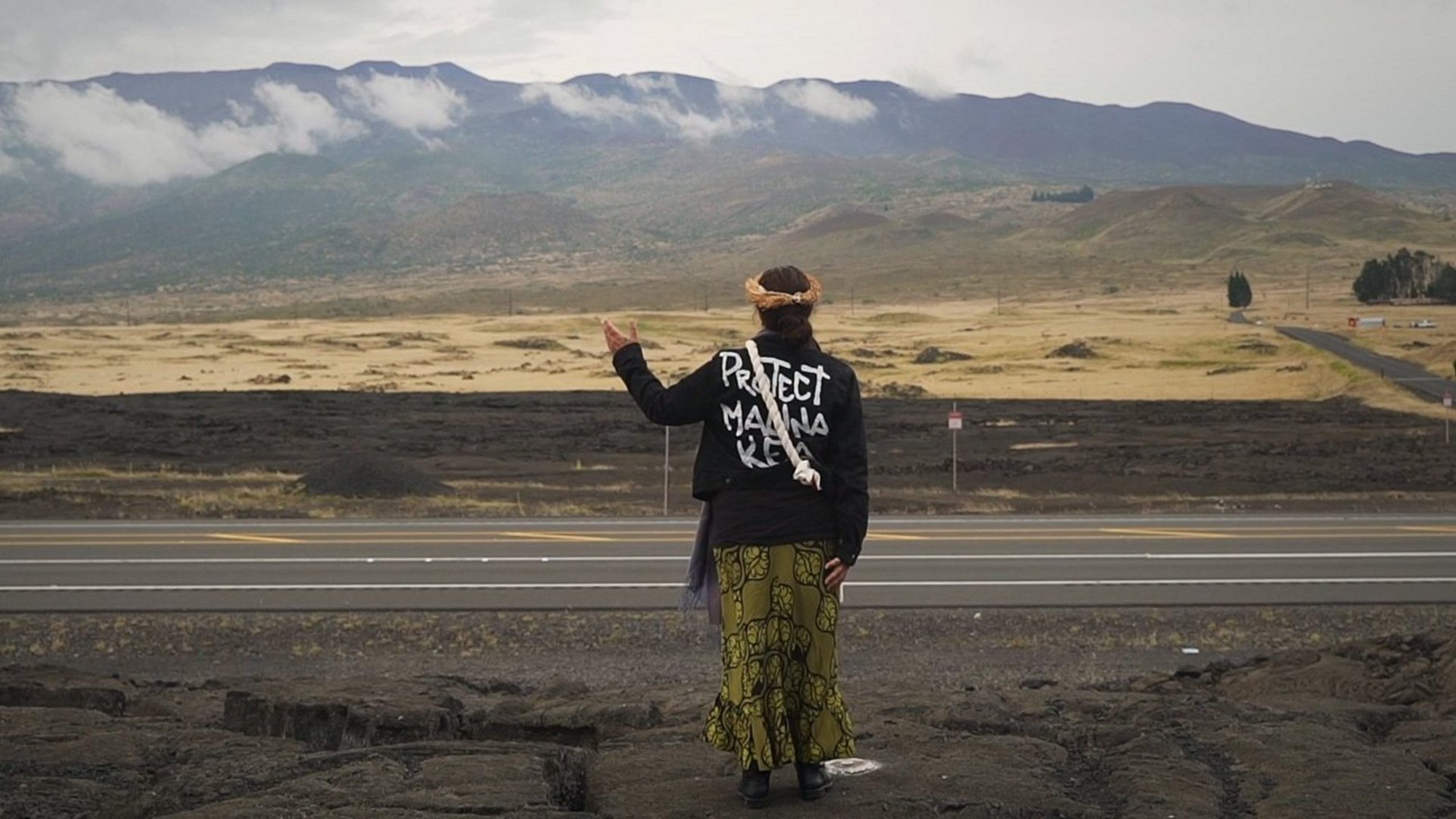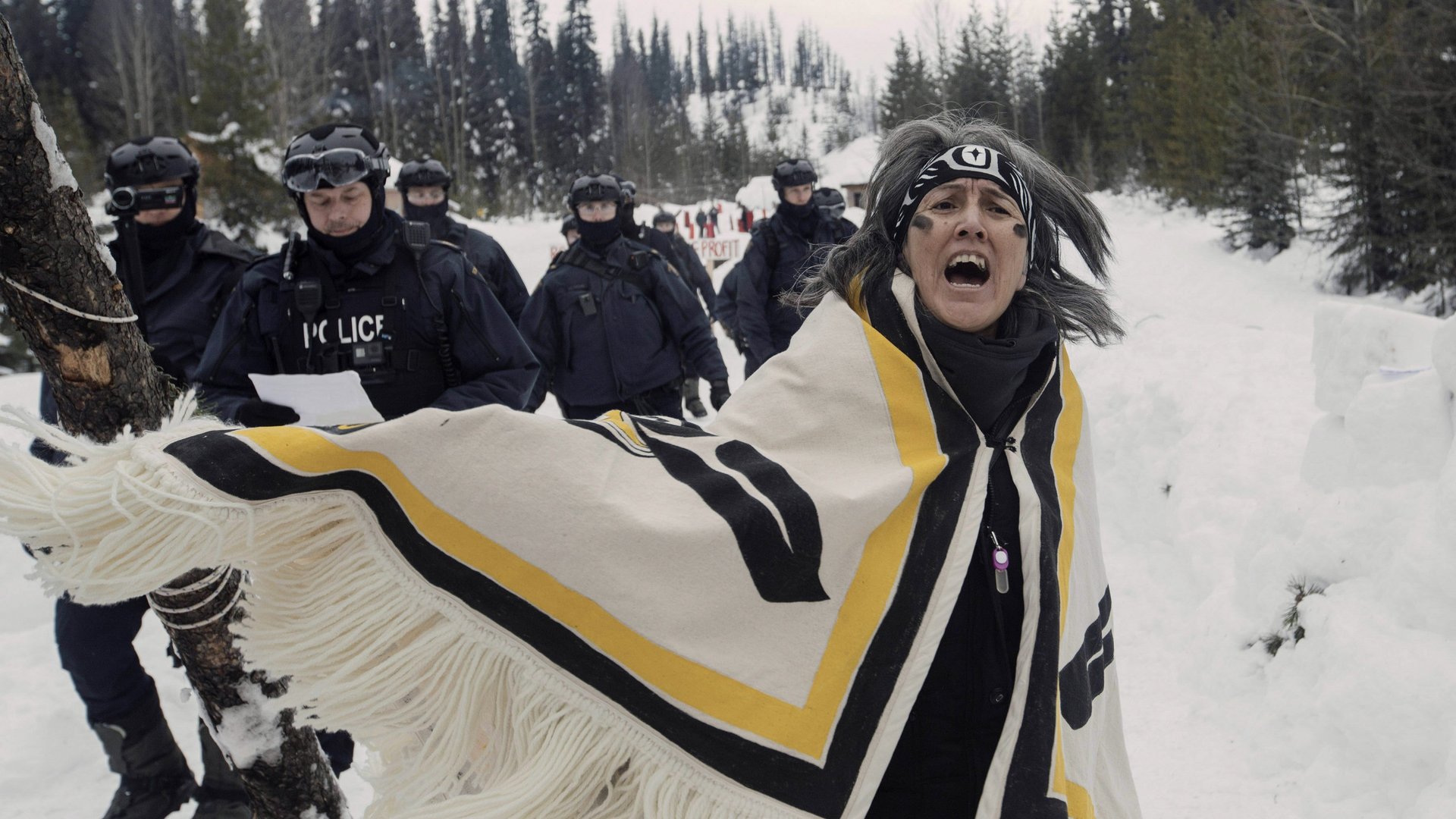
© Amber Bracken

© Amber Bracken
Indigenous peoples around the world have rich cultures and unique rituals. They live in the Arctic, South America, Norway, Finland, and Sweden—traditionally in regions where nature remains relatively untouched. However, Indigenous territories are increasingly shrinking, with many Indigenous people now also living in cities after being displaced from their ancestral lands.
In many countries, Indigenous peoples are becoming more politically active, advocating for their rights, influencing political decisions to protect their territories, and seeking reparations for colonial harm. Their engagement deserves support. Here are some important facts about Indigenous peoples worldwide:
Population and lands
Indigenous peoples can be found on every continent. Large Indigenous populations exist in Asia (like the Adivasi in India), North and South America (the Navajo in the USA, the Quechua in Peru), Africa (the San in Botswana), Oceania (the Aborigines in Australia), and Europe (the Sami in Scandinavia). It is estimated that there are 370 million Indigenous people worldwide, who belong to more than 5,000 different groups. They make up about five per ent of the global population.
Culture and language
According to UNESCO, there are currently around 7,000 languages spoken worldwide, of which about 4,000 are spoken by Indigenous peoples. Around 2,680 languages are considered endangered, and many Indigenous languages, like numerous Native American languages in North America, have already disappeared. According to Survival International, the most endangered languages are those of the approximately 100 uncontacted tribes. Indigenous cultures are rich in traditional practices, knowledge, and craftsmanship. Their stories, songs, dances, and rituals are deeply rooted in their histories and worldviews. However, these elements of traditional Indigenous cultures are also being, or have already been, marginalized or eradicated by hegemonic knowledges and practices.



Rights and recognition
In 2007, the United Nations adopted the Declaration on the Rights of Indigenous Peoples, which protects their rights to self-determination, land, language, and culture. The fight for land rights is a central issue for many Indigenous communities. Land is not only a source of livelihood but also holds spiritual significance.
Challenges and resistance
Indigenous peoples frequently face discrimination and social marginalization. They often have limited access to the kind of healthcare and education systems that we are familiar with in Germany. Despite this, uncontacted Indigenous people have found creative and effective ways to establish healthy lifestyles and take advantage of their environments. Many indigenous peoples adhere to tradition al diets rich in nutrients such as corn, beans, and squash in North America, or cassava, fish, and fruit in the Amazon. Various plants and herbs are used by Indigenous peoples to treat illnesses—in the Amazon, for example, the bark of the chinchona tree, a source of quinine and a malaria drug, and ayahuasca is used for spiritual and medicinal purposes. They also make their own teas, ointments, and tinctures to cure illnesses and treat wounds.
Sustainability and nature
Indigenous peoples can play a central role in environmental protection and biodiversity conservation, often possessing extensive knowledge of sustainable land use, medicinal plants, and ecological systems. Evidence also shows that Indigenous territory can be particularly effective in protecting against deforestation. Nevertheless, many Indigenous communities have been destroyed, stolen, or annihilated in the wake of mining, construction, and infrastructure projects.